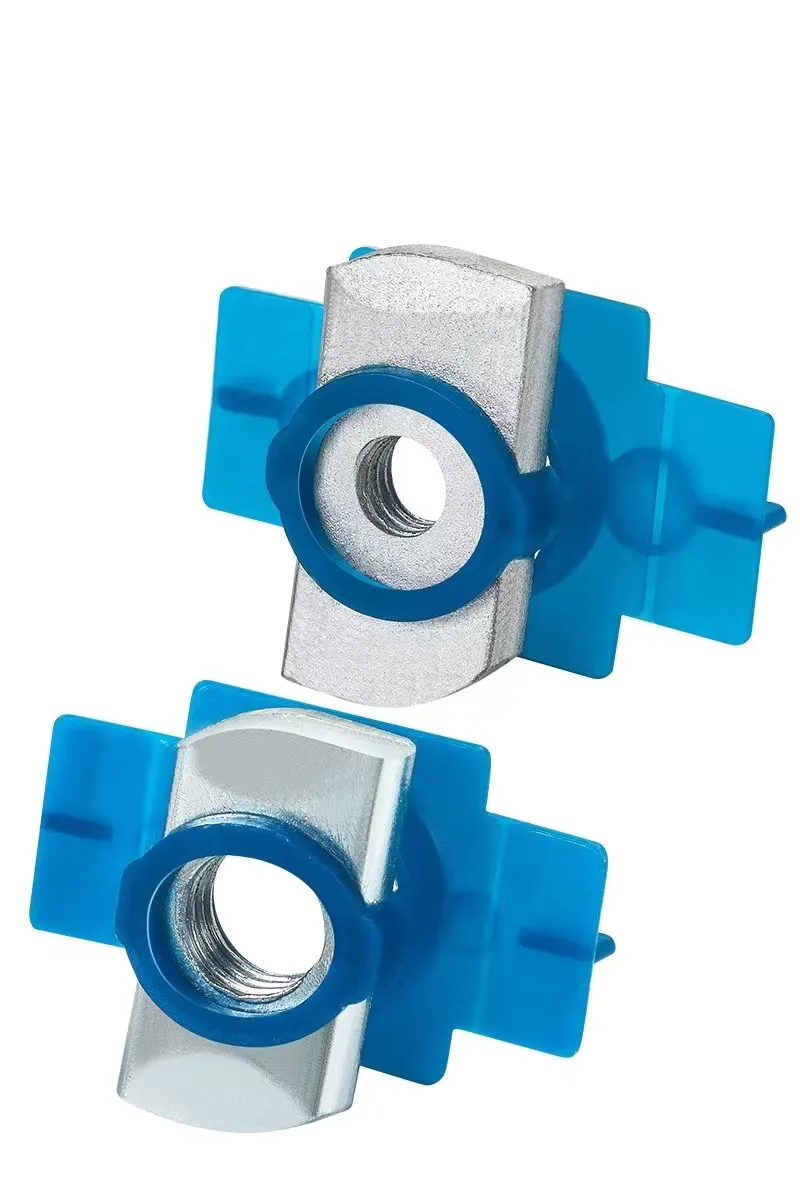

self tapping metal to wood screws
Dec . 04, 2024 18:25 Back to list
self tapping metal to wood screws
The Benefits and Techniques of Using Self-Tapping Metal to Wood Screws
When it comes to construction, woodworking, or various DIY projects, selecting the right fasteners can significantly affect the overall integrity and durability of your work. Among the many types of screws available, self-tapping metal to wood screws stand out as an excellent choice for various applications. Not only do they provide a strong and resilient hold, but they also simplify the installation process, making them a favorite among professionals and hobbyists alike.
What Are Self-Tapping Screws?
Self-tapping screws are specially designed fasteners that can create their own thread when driven into materials like metal or hardwood. This feature allows them to form a tight, secure connection without the need for pre-drilling pilot holes, which can save time and effort during the assembly process. They are widely used in applications where metal components must be joined to wood, offering a practical solution that helps streamline construction projects.
The Advantages of Self-Tapping Screws
1. Time Efficiency One of the most significant benefits of self-tapping screws is the reduction in assembly time. Without the need for pre-drilling holes, you can quickly drive the screw into the material, making your project more efficient. This is particularly beneficial in large-scale constructions or tasks requiring multiple fasteners.
2. Enhanced Grip The unique threading design of self-tapping screws helps them to bite into the wood and metal efficiently, creating a solid grip. This feature is critical when dealing with materials that may experience movement or stress, ensuring that the joint remains strong over time.
3. Versatility Self-tapping screws are suitable for a wide range of applications. Whether you are working with metal brackets, hinges, or other hardware that needs to be affixed to wood, these screws can handle various tasks with ease. Their adaptability makes them a go-to choice in both industrial and DIY settings.
4. Reduced Risk of Splitting When using traditional screws, pre-drilling is often necessary to prevent the wood from splitting. However, self-tapping screws can minimize this risk, as their design allows them to drive into the wood smoothly. This is particularly important when working with softer woods or when precision is crucial.
5. Cost-Effective While self-tapping screws might have a slightly higher upfront cost than standard screws, the time saved during installation and the reduced need for additional tools or materials can make them a more economical choice in the long run.
self tapping metal to wood screws

Installation Techniques
Installing self-tapping metal to wood screws can be a simple process, but following the right techniques will ensure optimal results
1. Choose the Right Screw Selecting the appropriate size and type of screw for your project is crucial. Consider the thickness of both the metal and wood materials to determine the best fit. Screws come in various lengths and diameters, so make sure to choose one that suits your needs.
2. Use the Right Tool A power drill with a suitable bit can make driving the screws into both wood and metal easier. However, hand-driven screws can work well too if you prefer more control over the speed and pressure applied.
3. Align Materials Before you begin driving the screw, ensure that the metal and wood pieces are aligned correctly. This will prevent any unnecessary movement during installation and help maintain the structural integrity of the joint.
4. Drive Slowly and Steadily When installing self-tapping screws, take care to drive them in at a consistent speed. Rushing can lead to stripped threads or misaligned screw heads, which can compromise the joint's strength.
5. Check for Tightness After installation, it’s important to check that each screw is securely fastened. Loose screws can lead to instability over time, negating the benefits of using self-tapping screws in the first place.
Conclusion
Self-tapping metal to wood screws offer numerous advantages for anyone involved in construction, woodworking, or DIY projects. Their ease of use, efficiency, and strong holding capacity make them a superb choice for a wide variety of applications. By understanding the unique benefits they provide and utilizing proper installation techniques, you can ensure a more successful and durable outcome in your projects. Whether you’re a seasoned professional or a newcomer to woodworking, incorporating self-tapping screws into your work will undoubtedly enhance both your process and results.
Latest news
-
High-Strength Hot Dip Galvanized Bolts - Hebei Longze | Corrosion Resistance, Customization
NewsJul.30,2025
-
Hot Dip Galvanized Bolts-Hebei Longze|Corrosion Resistance&High Strength
NewsJul.30,2025
-
High-Strength Hot-Dip Galvanized Bolts-Hebei Longze|Corrosion Resistance&High Strength
NewsJul.30,2025
-
Hot Dip Galvanized Bolts-Hebei Longze|Corrosion Resistance&High Strength
NewsJul.30,2025
-
Hot Dip Galvanized Bolts - Hebei Longze | Corrosion Resistance, High Strength
NewsJul.30,2025
-
High-Strength Hot Dip Galvanized Bolts-Hebei Longze|Corrosion Resistance, Grade 8.8
NewsJul.30,2025

